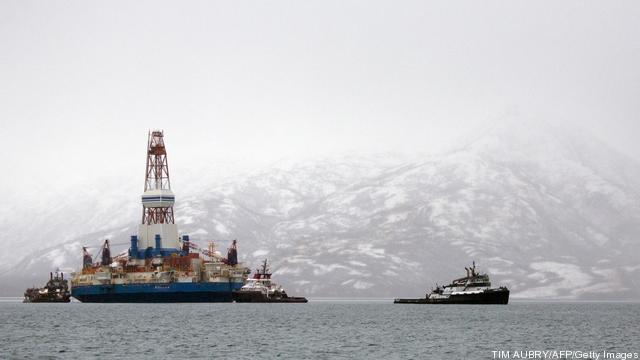
Tax reform in Alaska promises to attract more oil and gas investment, but even for an established player in the state such as ConocoPhillips, getting substantial new production onstream.
Alaska’s state legislature approved oil tax legislation reform earlier this month designed to establish a more attractive investment climate for oil and gas producers. Companies such as ConocoPhillips, ExxonMobil and BP have been calling for changes to Alaska’s fiscal system for years, arguing that it deters investment in the state’s substantial resources. Keep reading →









Energy Book Review: ‘The Eskimo and The Oil Man’ by Bob Reiss
By Peter GardettIn retrospect, it isn’t surprising that there is a market for writing that fits nicely into the niche between the analytical musings of the Economist and the heart-thumping pace of a Jason Bourne thriller.
A little bit populist and much faster paced than traditional writing about current events, while still retaining a seriousness of purpose but steering clear of the polemics of a Michael Moore documentary, the idea for this generation books is fact that reads like fiction. Perhaps it is “a thriller for the CNN generation” or, given reading patterns in the US, just as likely an “Agatha Christie for the CSPAN generation.” Keep reading →